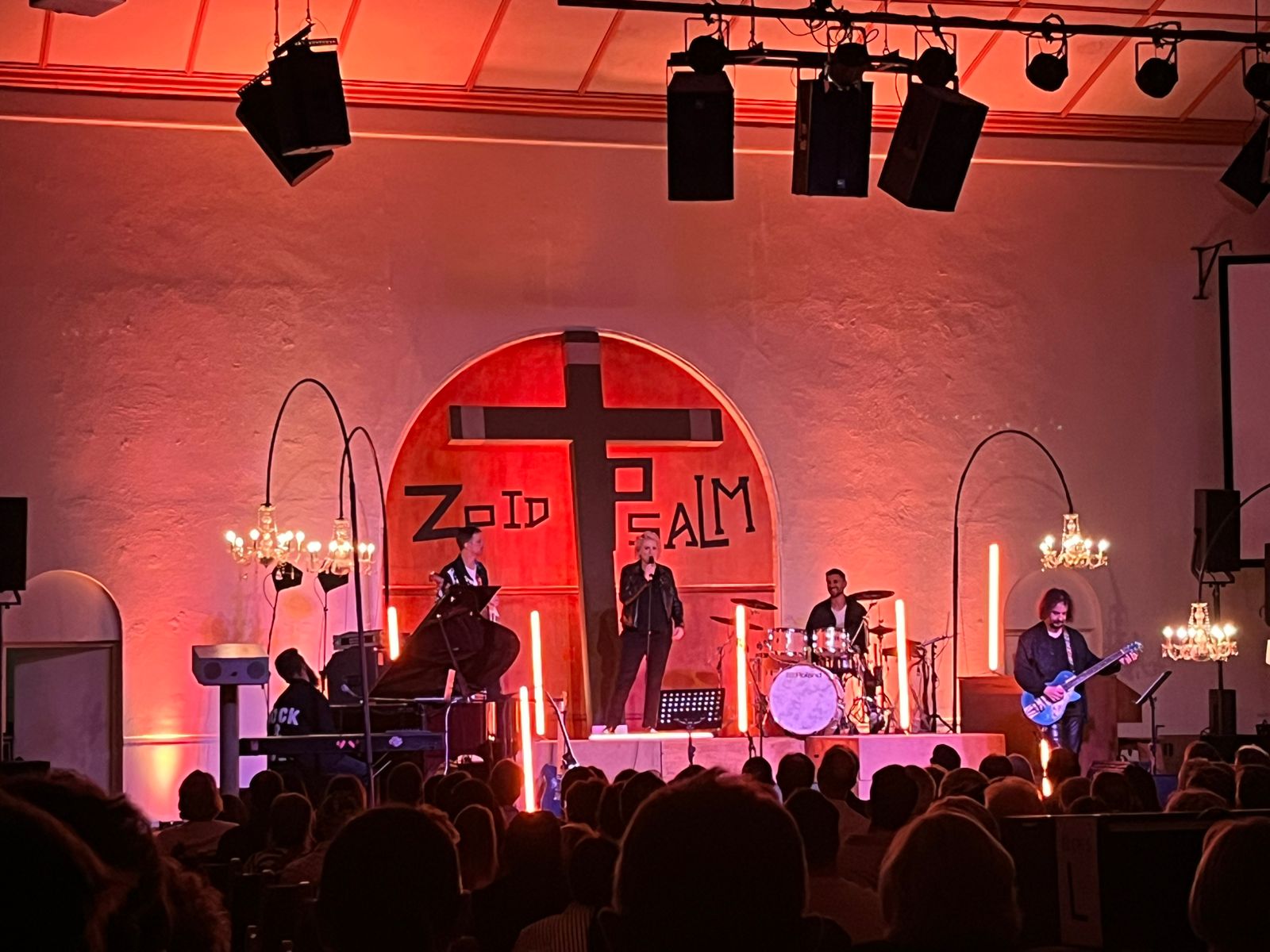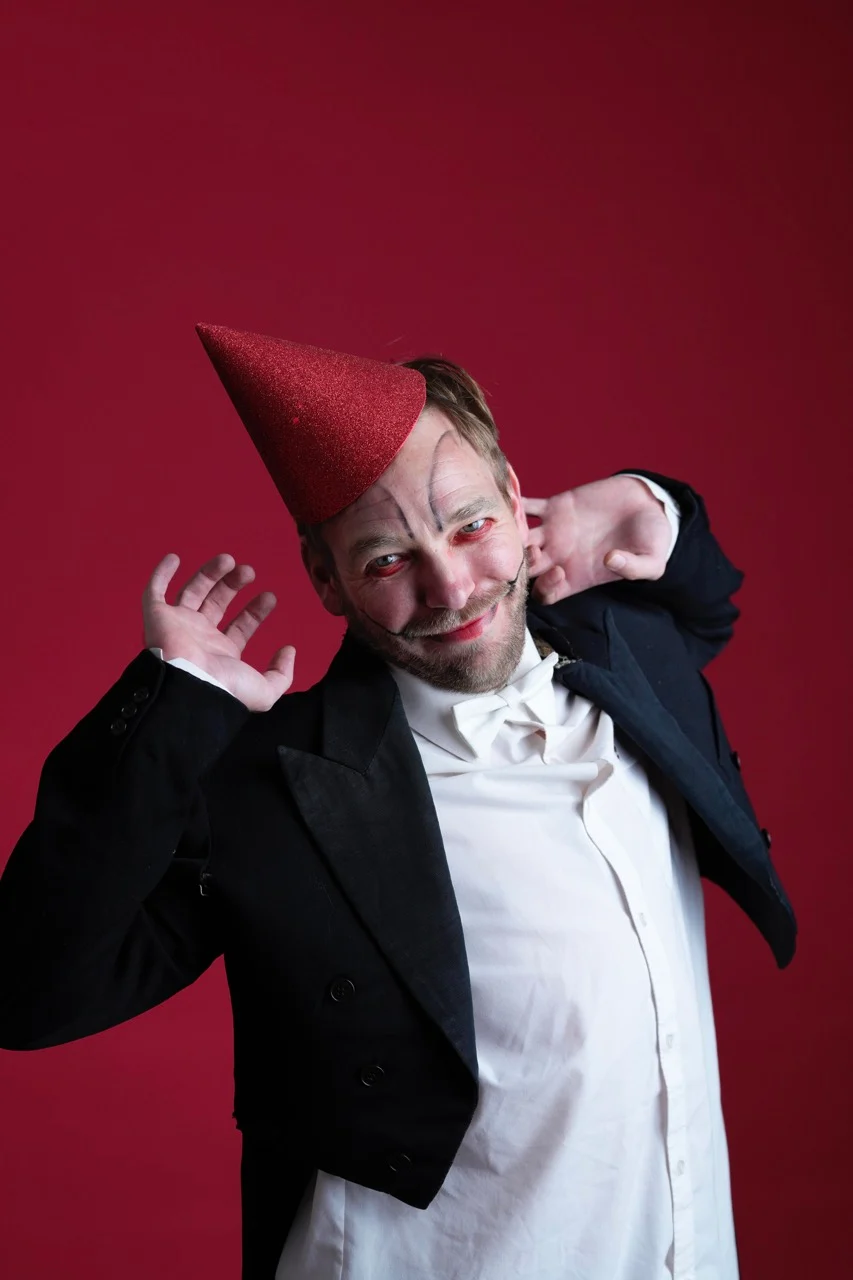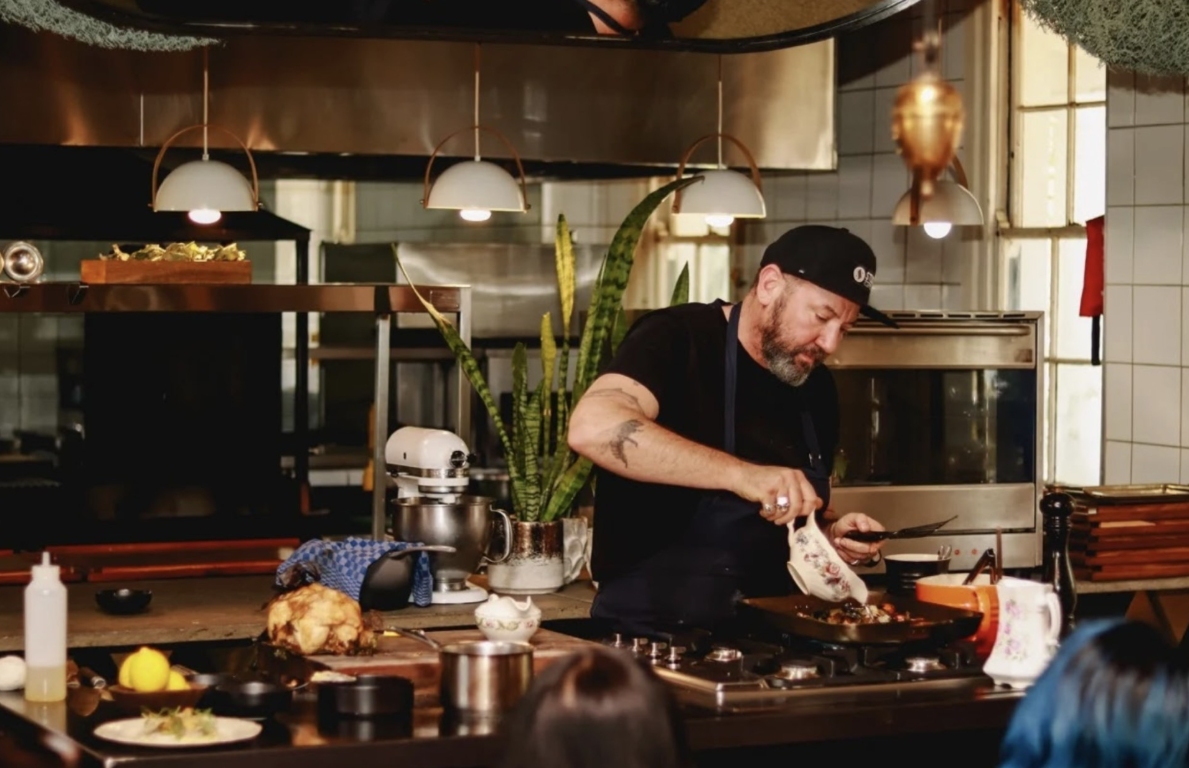In 2025, Afrikaans celebrates its 100th year as an official language of existence. But as the Toyota Stellenbosch Woordfees has repeatedly proven, art never speaks only one language.
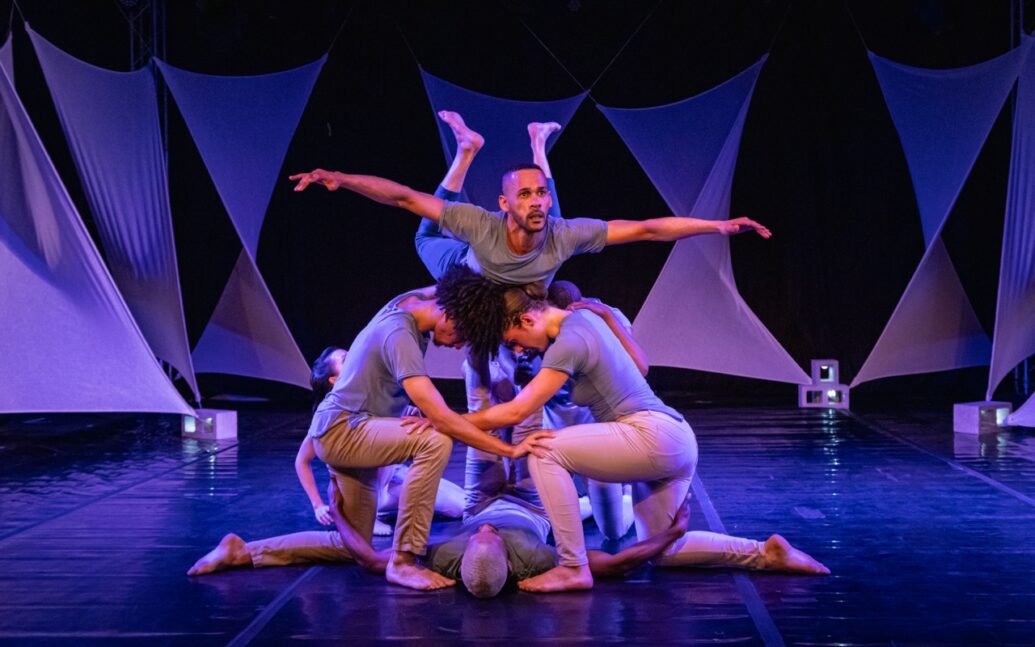
It is precisely the diversity of voices and the cross-pollination between Afrikaans, English, isiXhosa, and so many other languages that make the festival so unique. And as if that weren’t reason enough to celebrate, the Woordfees itself turns 25 this year. From an overnight poetry experiment in 2000 to one of the largest arts festivals on the continent, the Woordfees has grown into a platform where literature, music, theatre, visual arts, and conversation meet. The Woordfees’ history book is filled with years of stories and art in all forms. The first Woordfees took place in March 2000 as “Nag van Passie”, an overnight celebration of Afrikaans and Dutch poetry, hosted by Stellenbosch University. It started as a literary gathering but quickly developed into a multifaceted arts festival.
Candice Jantjies, head of public relations, describes Stellenbosch as a “literature town” where the festival’s roots run deep. She says, “Stellenbosch is known as a literature town, and the [Woordfees culture] of literature and arts comes from the alumni of Stellenbosch University. It ultimately laid the foundation for the creation of a literary festival.”
This year, the theme is simple but powerful: Share. Woordfees invites everyone to participate in the joy and vibrancy of the arts at the festival, with nearly 400 productions from 11 to 19 October, ranging from music and comedy to literature, children’s theatre, and much more.
In 2025, Antjie Krog and Siphokazi Jonas will serve as festival poets, carrying the words of the festival. Their project, Everything We Share, promises to remind audiences that language is a bridge, not a wall.
The Woordfees recorded higher attendance and more ticket sales in 2023 (ticket sales increased by 27%). As a result, the team is confident about this year’s program and its impact. Moreover, attendees are getting younger, and the average age of festivalgoers has decreased. Although the target audience is still aimed at more mature audiences, the love for the arts is alive and burning in the hearts of the younger generation.
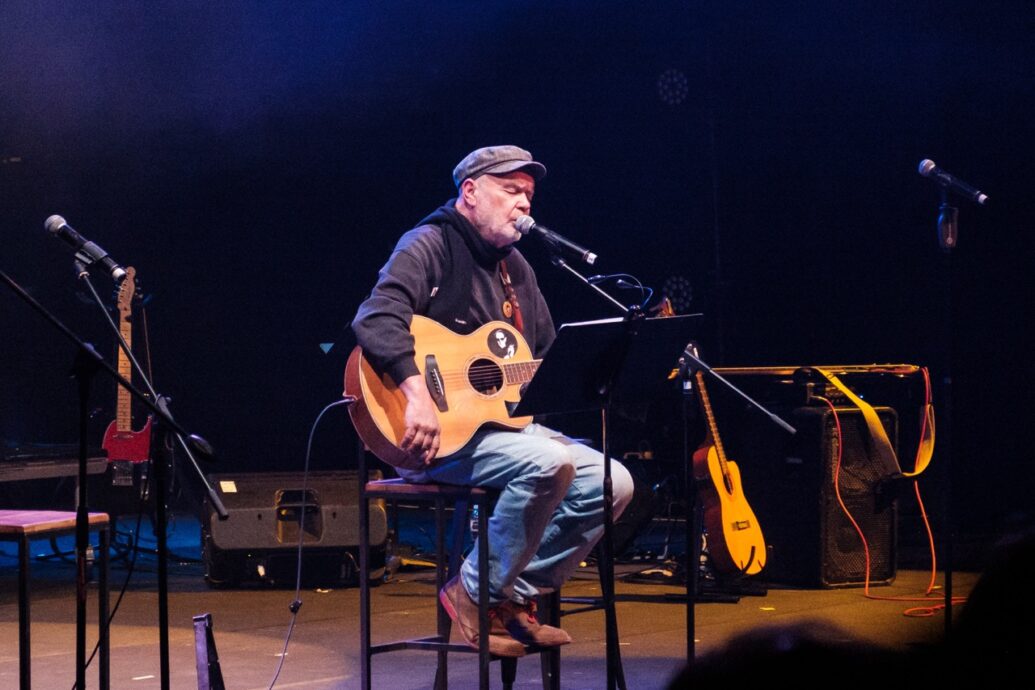
From a poem that opened the very first Woordfees in 2000 to the outstanding artists who now take to the stages in Stellenbosch, the festival will continue to thrive as one of the most important arts festivals in South Africa. Just as Afrikaans turns its 100th page in its history as official language in 2025, the Woordfees turns its 25th as an important celebration of art. Both remind us that words connect people and keep stories alive.
By Nina Guy

